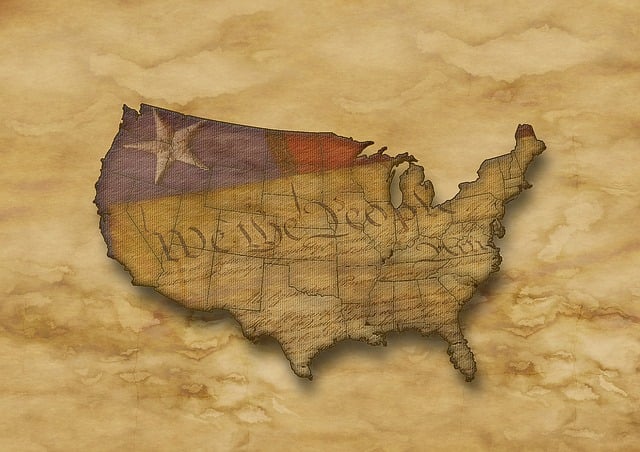When you file your personal income tax return each April 15th, you’re entitled to secrecy about it unless you choose to show it to another person, submit it to a bank, or send it out to the general public with a flashy press release.
For a 501(c)(3) organization, the rules are different: A tax-exempt group must make its Form 990 information return available upon request to the general public. These disclosure obligations are explained on the IRS website: Public Disclosure and Availability of Exempt Organizations Returns and Applications: Documents Subject to Public Disclosure.
Disclosure Requirements
Who Must Comply
This IRS.gov discussion applies generally to the broad range of nonprofits that are tax-exempt under section 501(c) of the Internal Revenue Code. Here, though, we’ll focus only on 501(c)(3)s, omitting the special rules for “churches.”
Which Documents and Information
A 501(c)(3) public charity must make its annual 990-series information return available for public inspection and copying for a three-year period beginning with the due date of the return, including any extensions of time for filing. For any late filing, the disclosure period runs from the date the 990 is actually filed. For this purpose, the return includes any schedules and attachments. Note, however, that public charities need not disclose the names and addresses of donors.
For a private foundation filing a Form 990-PF on or after March 13, 2000, the same disclosure rules apply. However – unlike for public charities – the identities of contributors to private foundations are not protected from disclosure.
If a 501(c)(3) has unrelated business income subject to taxation, any Form 990-T filed after August 17, 2006, comes within the scope of this law.
Under an entirely separate disclosure statute, a 501(c)(3) organization must “make available for public inspection and copying” the original exemption application; that is, either Form 1023 or Form 1023(EZ). If an organization filed its exemption application after July 15, 1987, but is unable to find a copy, the group may request a copy from the IRS.
How Disclosure is Made
The exempt organization must make the application or returns “available for public inspection.” It must also provide copies of these documents to anyone requesting them, either in writing or in person at the organization’s principal office. If the organization regularly maintains any regional or district offices having three or more employees, it must also respond to a request submitted to any such satellite location.
The group may charge reasonable copying costs and the actual cost of postage before providing the copies. But there must be timely notice of the approximate amount and acceptable form of payment within seven days of receipt of the request. For an in-person request, that’s cash or a money order. For a written request, a certified check or money is fine as is a personal credit card. What is a reasonable fee? Details are here.
Are There Alternatives to the Copies Requirement?
If a 501(c)(3) makes the documents widely available as described in the regulations, it need not comply with individual requests for copies. Posting the documents on the internet, for example, satisfies this “widely available” rule.
But making documents “widely available” doesn’t work for the obligation to make documents available for public inspection; there is no such exception.
Conclusion
Each 501(c)(3) should become familiar with the important legal requirements for disclosure of key documents and follow these rules.


